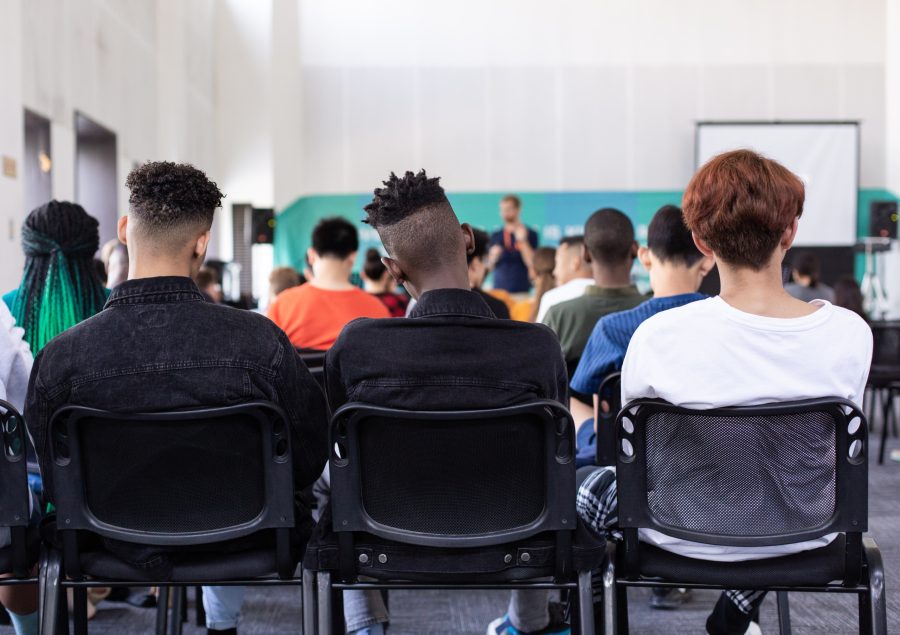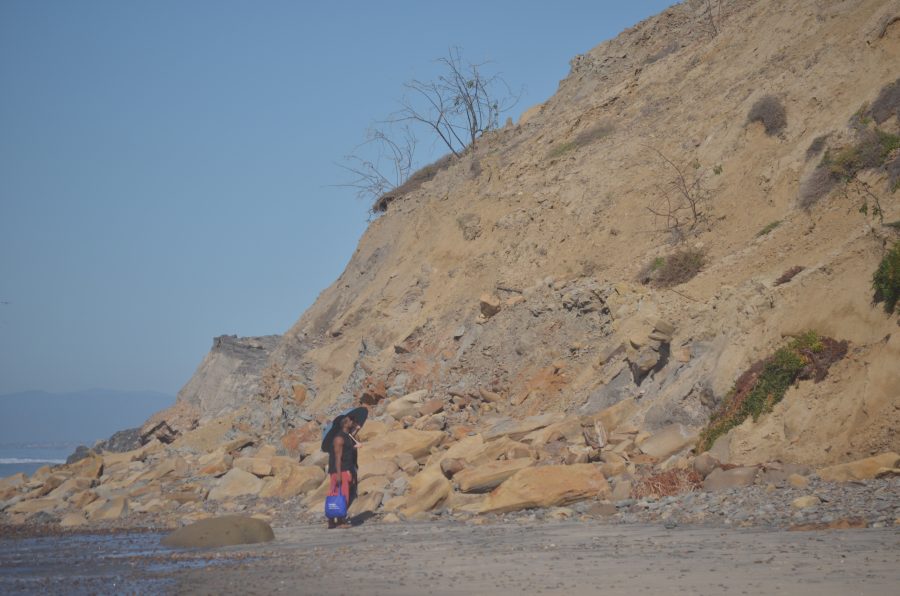The Sunny Side of Ultraviolet Light
Researchers from UCSD’s Moores Cancer Center have found an apparent relationship between exposure to sunlight, namely ultraviolet B radiation, and reduced incidence of ovarian cancer.
The study used worldwide data through a new tool called GLOBOCAN, which is a database of cancer incidence in 175 countries.
When scientists plotted the occurrence of cancer in these countries according to latitude, they produced a parabolic curve, with lower incidences of cancer lying closer to the equator.
UVB is known to trigger the photosynthesis of vitamin D3 in the human body. This form of vitamin D has been widely thought to reduce the risk of cancer, and this most recent study is one more step toward determining if this vitamin could be a resource for prevention.
Further research in this area is needed before making health recommendations.
Drug Designing Continues to Accelerate
Researchers at the San Diego Supercomputer Center, University of Washington and IBM have collaborated to create the largest protein-structure prediction ever made. Even more impressively, they did it in record time — less than three hours.
The groundbreaking simulation was done for the Critical Assessment of Structure Prediction competition, a contest among scientists to predict complex protein structures in order to design effective drugs. This three-dimensional model was dependent upon University of Washington professor David Baker’s Rosetta Code.
This representation relied on more than 40,000 central processing units of IBM’s Blue Gene Watson Supercomputer, a system that was installed at the San Diego Supercomputer Center.
Initially, Baker’s code had to be run in sequence, broken into smaller, more manageable amounts of data; however, the center’s supercomputing resources could run the code simultaneously, providing for a dramatically faster process.
The team was able to predict about 120,000 structures, greatly increasing the probability of finding the lowest energy conformation, and the high-speed process allowed more time to analyze those predictions before submission.
Most noteworthy is the amount of time the process took, according to SDSC computational scientist Ross Walker.
“All this was done within a day, with the calculation taking less than three hours,” he stated in a press release. “Run in serial, or on small clusters, as has been done heretofore, the process took many, many weeks.”







